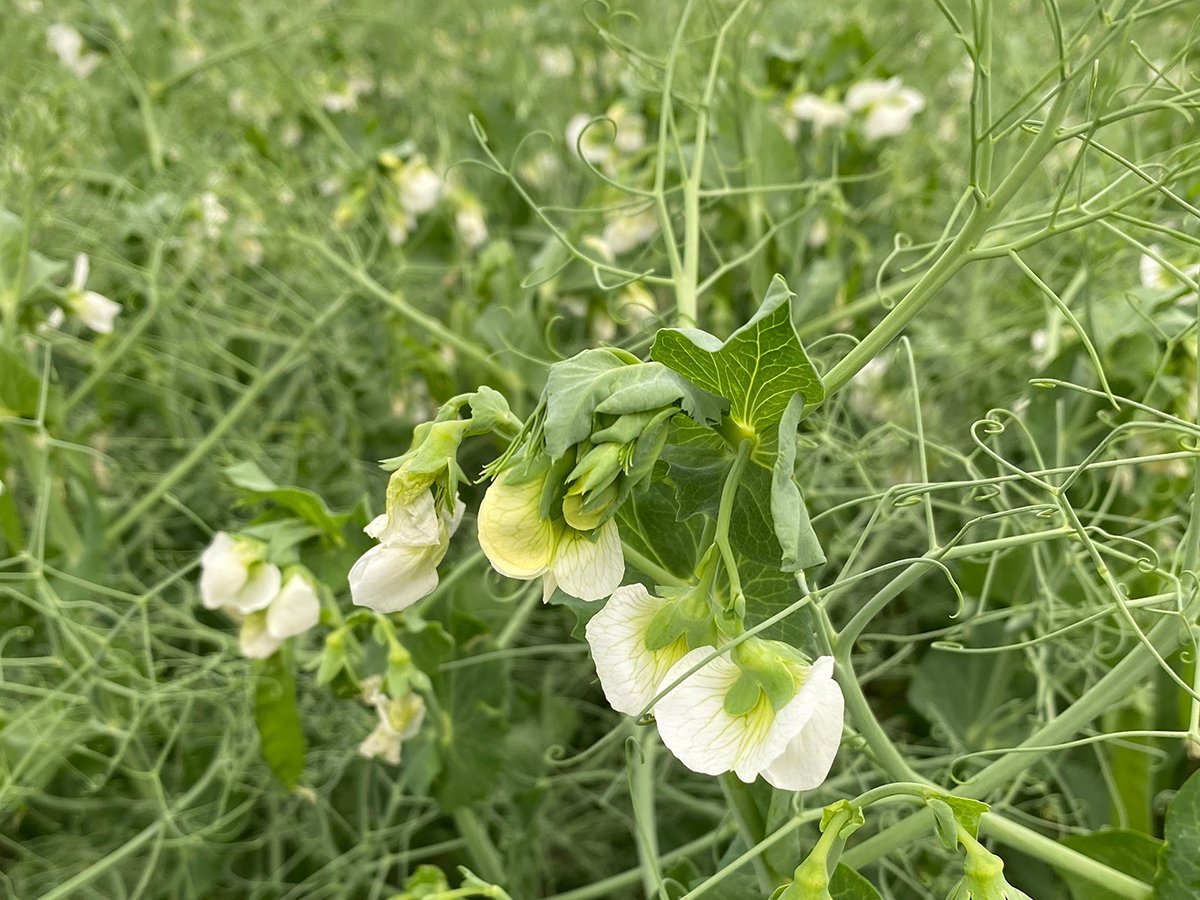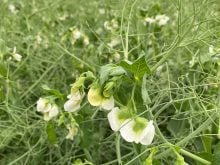Plants that produce tall spires covered with individual florets creating spikes of flowers provide texture and architectural interest to the garden. Tall spikes contrast with the many rounded forms in the border and immediately catch our attention.
Lupins, one of the first spikes to appear in the garden, often bloom in June. Since they are biennials, seedlings must be allowed to grow among the mature plants to ensure blooms each year. They have attractive foliage and come in an array of colours ranging from white to pink, red to salmon and blue to purple.
Read Also

Crop quality looks good this year across Prairies
Crop quality looks real good this year, with the exception of durum.
Delphiniums bloom in late July and early August, displaying amazing spires of white, blue, mauve and pink.
Delphiniums must have protection from the wind. The spikes are tall and heavy so wind or rain can easily break them down. There are shorter varieties that are less prone to breaking.
I begin staking delphiniums as soon as the spikes start to form by placing several sturdy, tall wooden stakes around each plant and tying strong cord around the entire plant to give it support. As the spikes develop, I add a second layer of cord around each spike below the bottom florets.
As the spikes grow, I keep adding more supports. Delphiniums like at least six hours of direct sun, rich soil and plenty of water each day.
Verbascum is another perennial that I have added to my flower borders. I like these plants because they are hardy and drought tolerant due to their deep taproots.
It is different from most other spikes in that individual florets open along the full length of the spikes here and there instead of all the bottom florets opening first. Bees, humming birds and butterflies love it.
Spike speedwell, also called Veronica, is a good plant to use as a separator, because of its blue or purple spikes. It can be located in the border between clumps of other colours that may not combine smoothly.
Royal Candles and Sunny Border Blue are the two purple varieties most often seen in our area. Veronicas are sun-loving plants.
All the perennial salvias (sages) are drought tolerant, tough plants whose spikes of bloom are mainly blue and purple, although there is an attractive burgundy cultivar called May Night. Sages have a long bloom period and are easily propagated by division.
Some campanulas also produce spikes of bloom, including C. Brantwood, which grows close to two metres tall and has spikes of large, purple florets in late June and early July. Liatrus became popular a few years ago to replace the outlawed lythrum. It comes in purple or white and forms good-sized clumps about 50 centimetres tall.
Other spikes you might like to try include Ligularia The Rocket, with its lovely golden spires in the shade garden, Lysmachia Alexander, planted in full sun to showcase its variegated foliage and bright yellow flowers, and Monkshood, whose dark purple or bi-coloured white and blue spikes are at home in sun or shade.
Albert Parsons has a diploma in horticulture from Guelph University. He operates a garden design/landscape consultation business from his home in Minnedosa, Man. Contact: countrygarden@producer.com














